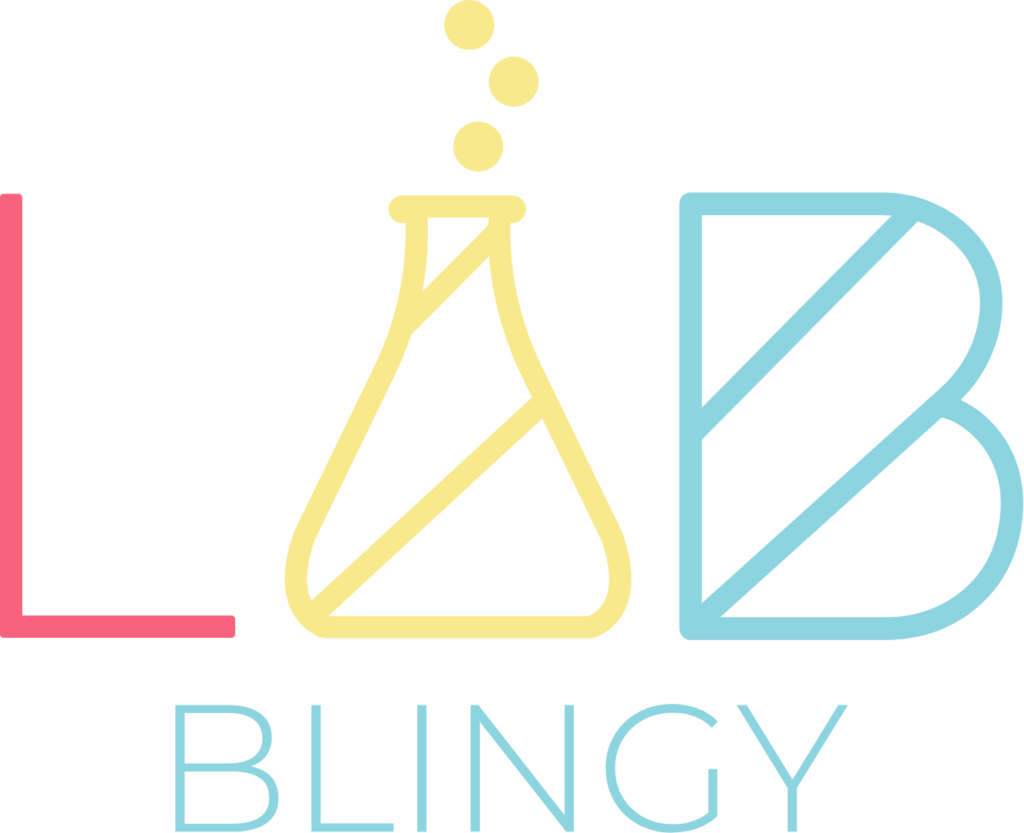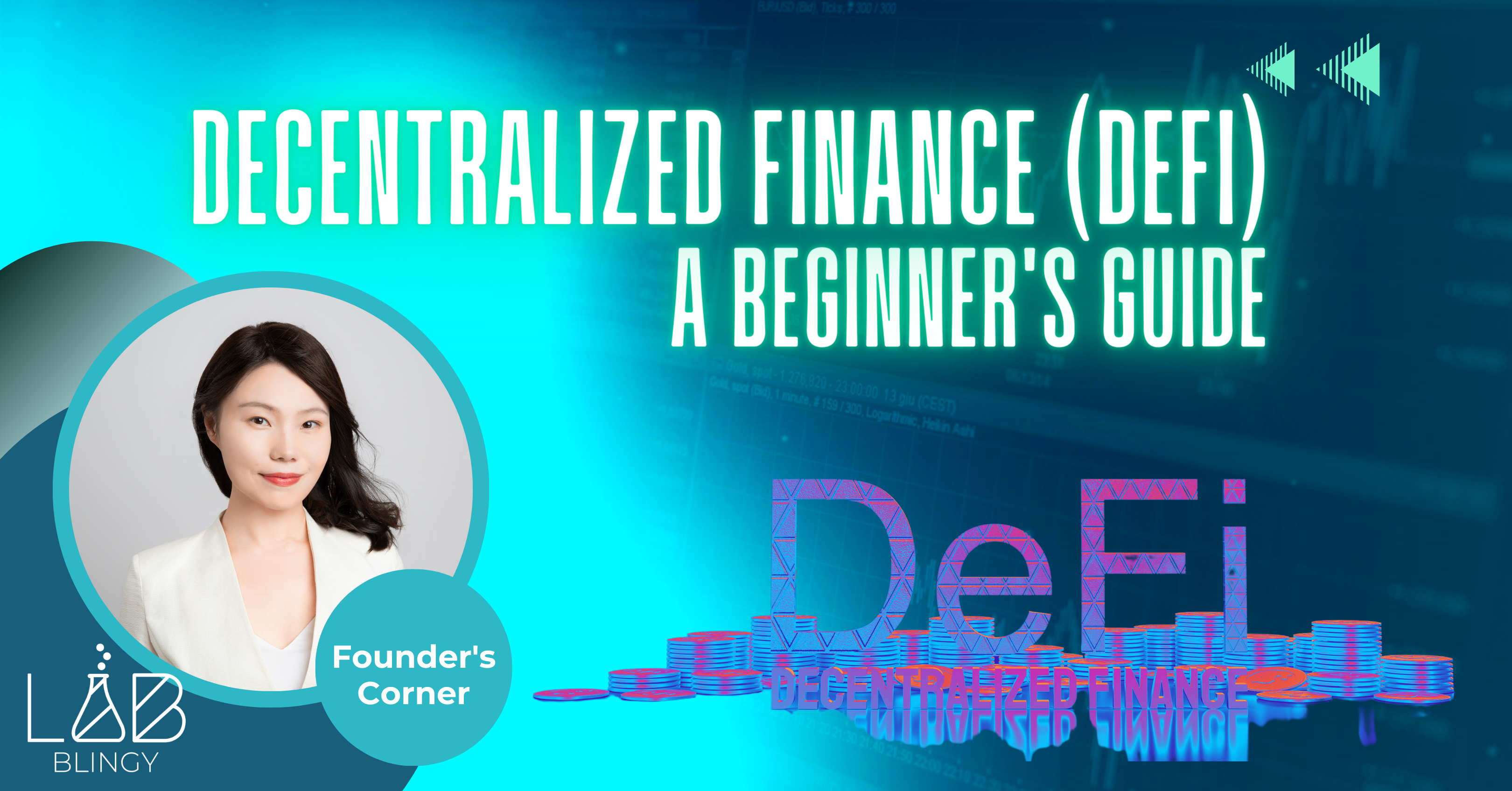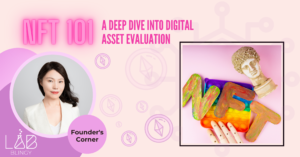Have you ever imagined a financial infrastructure that operates without the intervention of banks, governments, or traditional intermediaries? Welcome to the world of Decentralized Finance (DeFi). As a nascent yet rapidly evolving sector built atop blockchain technology, DeFi opens up a new realm of possibilities, facilitating greater access to financial services. Despite its relative novelty, DeFi is set to disrupt and transform our conventional perception of money and finance.
Let’s undertake a crucial analysis, comparing the innovative Decentralized Finance (DeFi) model with the conventional, established financial system. Here I will highlight the key differences that set them apart:
- Decentralization: DeFi operates on decentralization, meaning no single entity exercises control over it. This attribute enhances its resilience against censorship and fraudulent activities.
- Transparency: DeFi transactions are recorded on a public blockchain, resulting in unparalleled transparency. Such transparency ensures easy transaction tracking and auditing.
- Accessibility: DeFi, accessible to anyone with internet connectivity, opens up financial services to individuals in developing nations who previously had limited access.
The Origins and Growth of DeFi
In the digital universe, Bitcoin’s birth marked the dawn of a new financial era, Decentralized Finance, or DeFi. The first foray into this domain was MakerDAO, a platform launched in 2014 that transformed the landscape of lending and borrowing Ethereum-based tokens. This meteoric rise is a convergence of factors, such as the growing acceptance of blockchain technology, an increasing demand for non-intermediated financial services, and falling computational costs.
Despite DeFi’s future being uncertain, its potential to redefine our perception and usage of money is undeniable. With its power to democratize access to financial services and simplify personal finance management, DeFi is a potential game-changer. The hard data reinforces this view: DeFi’s TVL surged from $7 billion in 2020 to $200 billion in 2021, user numbers rose from 100,000 to over 1 million, and the number of DeFi projects expanded from 100 to over 1,000. These statistics underscore the rapid growth of DeFi, suggesting it is poised to overhaul our traditional understanding of finance.
Key Components of DeFi
Decentralized Finance (DeFi) is powered by four key components – cryptocurrencies, smart contracts, decentralized applications (DApps), and decentralized exchanges (DEXs). Together, they revolutionize the financial system by fostering inclusivity, efficiency, and control over personal finances. Here’s how they each play a vital role:
1. Cryptocurrencies
Cryptocurrencies are the foundation of DeFi, serving as programmable money that transcends geographical boundaries and traditional banking limitations. These digital assets, such as Bitcoin or Ethereum, enable trustless transactions and power the smart contracts that drive DeFi applications.
2. Smart Contracts
Smart contracts are self-executing contracts with the terms of the agreement directly written into code. These play a crucial role in DeFi, automating transactions and removing the need for intermediaries. They form the backbone of DeFi protocols, enabling a wide array of financial services.
3. Decentralized Applications (DApps)
DApps are the interfaces that allow users to interact with DeFi protocols. Unlike traditional applications, DApps run on a blockchain, allowing users to engage with complex DeFi protocols in a user-friendly, non-custodial manner.
4. Decentralized Exchanges (DEXs)
DEXs allow users to trade cryptocurrencies directly from their wallets, without the need for intermediaries. They provide greater privacy, lower fees, and less reliance on central authorities compared to traditional exchanges, enabling a truly decentralized financial ecosystem.
Although DeFi is just beginning to unfurl its wings, the astounding speed of growth and expansion observed is truly captivating. As the landscape of DeFi continually metamorphoses, it carries immense potential to herald a new era of financial services – one that is not only more accessible and efficient but also inclusive for people across the globe.
Main Applications of DeFi
Lending and Borrowing Platforms, Decentralized Exchanges (DEXs), and Stablecoins form the backbone of the DeFi ecosystem, enabling users to interact in a trustless, open financial market. On the other hand, concepts like Yield Farming and Liquidity Mining present lucrative opportunities for users to earn high returns, albeit with considerable risk. Lastly, Insurance Platforms play an essential role in mitigating inherent DeFi risks, providing a safety net for investors. Let’s delve into these key applications, exploring their functioning and relevance in the DeFi ecosystem.
Lending and Borrowing Platforms: One of the most significant use cases of DeFi is in lending and borrowing platforms. These platforms operate by creating protocols that allow individuals to lend and borrow cryptocurrencies directly from each other, eliminating the need for intermediaries. They function in a largely automated fashion, using smart contracts to establish terms and manage the interactions between borrowers and lenders.
Decentralized Exchanges (DEXs): Decentralized exchanges provide a platform for buying and selling cryptocurrencies directly, without the need for a centralized authority. They use automated processes powered by smart contracts to match buy and sell orders, providing users with a higher degree of control over their transactions. DEXs also offer improved privacy and reduced reliance on a single point of failure, making them a popular choice for cryptocurrency traders.
Stablecoins: Stablecoins play a crucial role in DeFi by providing a way to link the blockchain world with the stability of traditional fiat currencies. They are cryptocurrencies that are designed to have a stable value, pegged to an external reference like the US dollar. This stability is vital for functions like lending, borrowing, and trading, where volatile currency values can pose significant risks.
Yield Farming: Yield farming, also known as liquidity mining, is a strategy used in DeFi where users provide liquidity to a protocol in return for interest or rewards. Users can deposit or ‘stake’ their assets into a liquidity pool, and in return, they earn fees or governance tokens. This process can be complex, as it often involves several steps and can carry significant risk. However, it also has the potential to offer high returns, making it a popular strategy in the DeFi space.
Liquidity Mining: Liquidity mining is another popular application in the DeFi sector, which encourages users to provide liquidity to a protocol. In return, these liquidity providers are rewarded with tokens. It’s akin to yield farming, but here, users earn native platform tokens that have the potential to appreciate in value.
Insurance Platforms: Finally, insurance platforms in DeFi are designed to protect investors from the inherent risks in the space. These platforms allow users to take out policies that can cover a variety of risks, including smart contract failures, exchange hacks, and price volatility. They operate using pooled risk mechanisms, where policy premiums are pooled together and payouts are made from this pool when claims are made.
These key applications are creating an increasingly complex and interconnected DeFi ecosystem. As the space continues to evolve, we are likely to see even more innovative use cases emerge, further expanding the potential of DeFi and the blockchain technology that powers it.
Advantages of DeFi
Access to financial services is a fundamental human right, yet it remains elusive to many. DeFi bridges this gap, offering financial accessibility that surpasses traditional finance systems. With DeFi, all that’s needed is a stable internet connection and a digital wallet, removing the necessity for physical infrastructure or the approval process of a traditional banking institution.
Transparency and security are DeFi’s primary offerings. Blockchain’s open-source code allows users to inspect transaction details and protocols, creating an environment of trust and openness. Moreover, blockchain’s immutable nature makes DeFi resistant to fraud, instilling a sense of security amongst users. Financial inclusion is a potential game-changer in the DeFi landscape. It promises to extend financial services to unbanked and underbanked populations, fostering global economic equality.
Challenges and Risks in DeFi
Like any pioneering technology, DeFi also comes with its set of challenges. Technical risks, for instance, are a significant concern. As much as blockchain technology offers security, vulnerabilities in smart contracts or potential hacks can expose users to loss. Market risks also loom large. The value of cryptocurrencies can be incredibly volatile, leading to financial losses. Users must be aware of these risks and manage their investments wisely.
Regulatory challenges add another layer of complexity. As DeFi grows in popularity, it faces increasing scrutiny from regulatory authorities. The balance between innovation and regulation will undoubtedly shape the future of DeFi.
The Future of DeFi
The future of DeFi is not only promising but teeming with potential to transform the traditional financial landscape. Imagining a world where real-world assets are tokenized or decentralized autonomous organizations (DAOs) are commonplace is far-fetched. However, the extent of its influence largely depends on how effectively DeFi can navigate its existing challenges.
As we collectively step further into the exploration of this groundbreaking financial ecosystem, its eventual impact on the world remains a fascinating area of speculation. Yet, there’s no denying the transformative power DeFi holds, which undeniably marks it as an exciting space to observe and engage with.
Now, it’s your turn to become a part of this financial revolution. Whether you’re considering dipping your toes into DeFi investments, contemplating building a DeFi startup, or simply eager to learn more about this disruptive technology, there’s no better time than now to get involved. Reach out to us for more information, guidance, or to discuss your ideas – let’s shape the future of finance together.
Continue reading my blog every Wednesday and discover the latest #insights in blockchain and web3 with me!
Here I listed some potential sources that you can use for a deep dive into the DeFi topic:
- MakerDAO’s White Paper –This resource provides in-depth information about the functionality of MakerDAO, a major player in the DeFi space.
- “DeFi beyond the hype”: A research report by the World Economic Forum which explores the potential of DeFi and its implications for financial systems.
- Ethereum’s official website: Most DeFi projects are built on the Ethereum blockchain, so their website could offer valuable insights.
- Articles in leading cryptocurrency news outlets such as CoinDesk and Cointelegraph regularly publish features and news on the DeFi sector.








